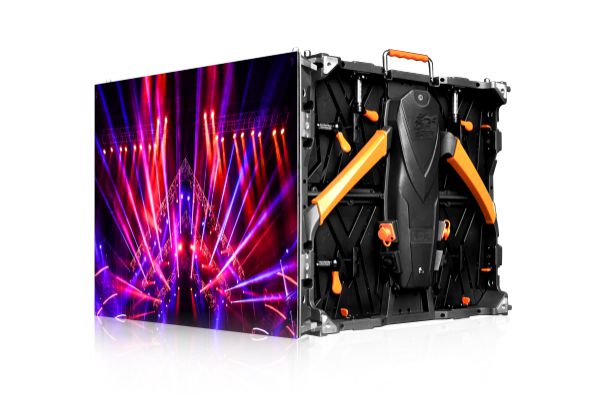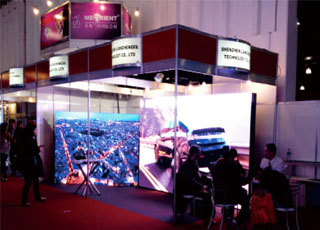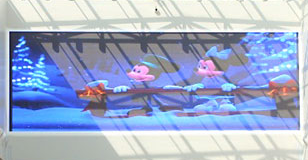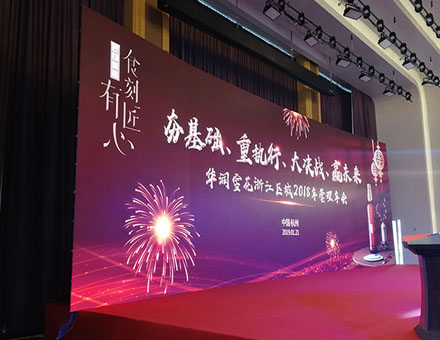Publisher: Supplier of LED Display Time: 2019-12-11 17:15 Views: 4588
The LED module is the core part of the display. It is a product that is equipped with an LED circuit board and a shell, and is packaged by arranging LED lamp beads according to certain rules, and then adding some waterproof treatments. . With the continuous development of the LED display industry and wider application requirements, the function and role of LED modules cannot be ignored.

Lianchengfa Longyixi T series stage rental screen has the characteristics of anti-knocking, ultra-light and thin, quick installation, quick maintenance, high waterproof and so on.
There are a total of seven parameters that affect the performance of the LED display module. The color of the LED module is the most basic parameter. Next, I will analyze the impact of the LED module parameters on the LED display.
First, the color of the LED module: it is the most basic parameter in the LED module, and different colors are used in different occasions. According to the color type, it can be divided into two types: single-color and full-color single-point control.
1. Monochrome is a single color, it can't be changed, and it can work when it is connected to the power supply.
2. Full-color single point means that the color of each module can be controlled. When the number of modules reaches a certain level, the effect of displaying pictures and videos can be achieved. The full-color single point must be added with a control system to achieve the effect.
Second, LED module brightness: When it comes to brightness, we think of the term high brightness. This parameter is a parameter that people pay more attention to.
Brightness is a more complicated problem in LED. The brightness we usually say in LED modules is usually the luminous intensity and transparency, which is usually obtained by adding the relative degrees of each module.
Third, the light-emitting angle of the LED module: The light-emitting angle of the LED module without lens is mainly determined by the LED lamp beads. The different light-emitting angles of the LED lamp beads are also different. Generally, the light-emitting angle of the LED lamp beads provided by the manufacturer is the LED module Group of perspectives.
Fourth, the working temperature of the LED module: the normal working temperature of the LED module is usually between -18°C and 58°C. If the requirement range is relatively high, special treatment should be carried out, such as adding air conditioners or exhaust fans. .
Fifth, LED module voltage: It is a very important parameter in LED modules. At present, 12V low-voltage modules are more common. When connecting the power supply and the control system, you must check the correctness of the voltage value before powering on, otherwise the LED module will be damaged.
Sixth, LED module size: usually refers to the so-called dimensions such as length, width, and height. Maximum length of a single connection: This parameter is used more when doing large-scale projects. It means the number of connected LED modules in a series of LED modules. This is related to the size of the connecting wire of the LED module. It should also be customized according to the actual situation.
Seventh, LED module waterproof level: This is mainly for outdoor, it is an important indicator to ensure that the LED module can work outdoors for a long time. Generally, the waterproof rating should reach IP65 in full open air.









